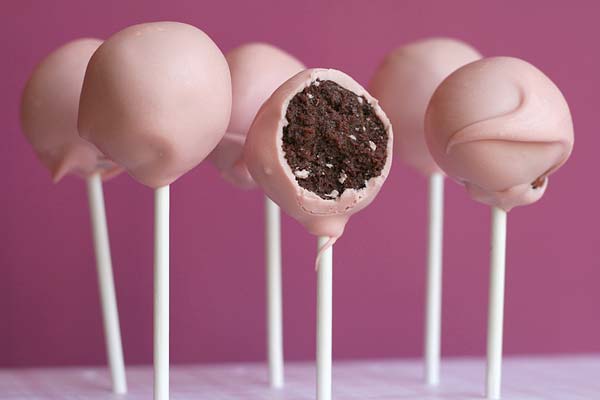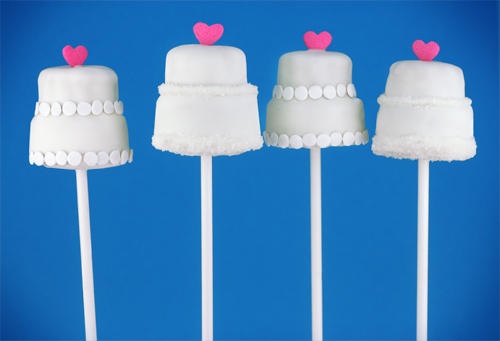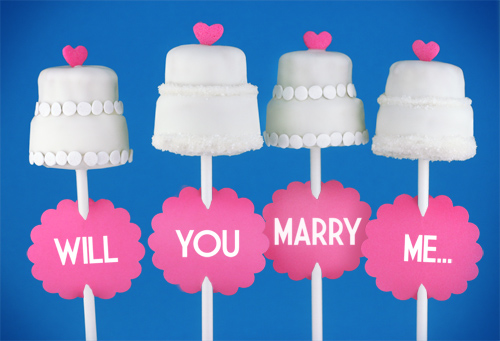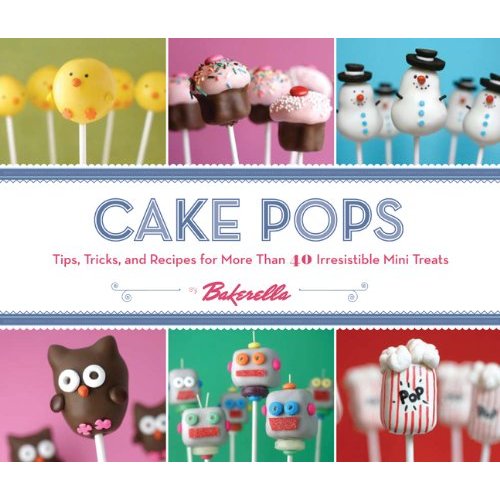 Whether you’re preparing for a birthday dinner, bridal luncheon, dinner party or a holiday get-together, you may be given the glorious opportunity to set the table. No big deal, right? After all, you’ve been doing this since you were a child. But when you are given your weight in polished silver and more than enough drinking glasses for each guest to double fist, your heart starts beating faster and the questions invade your mind: Oh no - what side do the forks go on? And these miniature knives! What am I supposed to do with them? Why so many glasses?? We’ll run out of room!!! While you fear sounding like an idiot for asking, “How many of what goes where and why?”, you know it must be done! {Can you tell we've been there?}
It’s pretty ridiculous how complex setting a table can be, but those of us that adore etiquette know that it’s a vital part of hosting a polished event. Take some tips from the Etiquette-obsessed, Emily Post and you’ll know more than you ever thought possible about table settings.
Whether you’re preparing for a birthday dinner, bridal luncheon, dinner party or a holiday get-together, you may be given the glorious opportunity to set the table. No big deal, right? After all, you’ve been doing this since you were a child. But when you are given your weight in polished silver and more than enough drinking glasses for each guest to double fist, your heart starts beating faster and the questions invade your mind: Oh no - what side do the forks go on? And these miniature knives! What am I supposed to do with them? Why so many glasses?? We’ll run out of room!!! While you fear sounding like an idiot for asking, “How many of what goes where and why?”, you know it must be done! {Can you tell we've been there?}
It’s pretty ridiculous how complex setting a table can be, but those of us that adore etiquette know that it’s a vital part of hosting a polished event. Take some tips from the Etiquette-obsessed, Emily Post and you’ll know more than you ever thought possible about table settings.
Basic Setting

For a basic table setting, here are two great tips to help you -- or your kids -- remember the order of plates and utensils:
To remember the order of plates and utensils, picture the word "FORKS." The order, left to right, is: F for Fork, O for the Plate (the shape!), K for Knives and S for Spoons. (Okay -- you have to forget the R, but you get the idea!) Bread and butter go to the left of the place setting and drinks go on the right.
Things to remember:
- Knife blades always face the plate
- The napkin goes to the left of the fork, or on the plate
- The bread and butter knife are optional
Informal Setting

When an informal three-course dinner is served, the typical place setting includes utensils and dishes to accommodate a soup course, salad or first course, entrée and dessert
(a) Dinner plate: This is usually the first thing to be set on the table. In our illustration, the dinner plate would be placed where the napkin is, with the napkin on top of the plate.
(b) Two Forks: The forks are placed to the left of the plate. The dinner fork, the larger of the two forks, is used for the main course; the smaller fork is used for a salad or an appetizer. The forks are arranged according to when you need to use them, following an "outside-in" order. If the small fork is needed for an appetizer or a salad served before the main course, then it is placed on the left (outside) of the dinner fork; if the salad is served after the main course, then the small fork is placed to the right (inside) of the dinner fork, next to the plate.
(c) Napkin: The napkin is folded or put in a napkin ring and placed either to the left of the forks or on the center of the dinner plate. Sometimes, a folded napkin is placed under the forks.
(d) Dinner Knife: The dinner knife is set immediately to the right of the plate, cutting edge facing inward. (If the main course is meat, a steak knife can take the place of the dinner knife.) At an informal meal, the dinner knife may be used for all courses, but a dirty knife should never be placed on the table, placemat or tablecloth.
(e) Spoons: Spoons go to the right of the knife. In our illustration, soup is being served first, so the soupspoon goes to the far (outside) right of the dinner knife; the teaspoon or dessert spoon, which will be used last, goes to the left (inside) of the soupspoon, next to the dinner knife.
(f) Glasses: Drinking glasses of any kind -- water, wine, juice, iced tea -- are placed at the top right of the dinner plate, above the knives and spoons.
Other dishes and utensils are optional, depending on what is being served, but may include:
(g) Salad Plate: This is placed to the left of the forks. If salad is to be eaten with the meal, you can forgo the salad plate and serve it directly on the dinner plate. However, if the entree contains gravy or anything runny, it is better to serve the salad on a separate plate to keep things neater.
(h) Bread Plate with Butter Knife: If used, the bread plate goes above the forks, with the butter knife placed diagonally across the edge of the plate, handle on the right side and blade facing down.
(i) Dessert Spoon and Fork: These can be placed either horizontally above the dinner plate (the spoon on top with its handle facing to the right; the fork below with its handle facing left); or beside the plate. If placed beside the plate, the fork goes on the left side, closest to the plate (because it will be the last fork used) and the spoon goes on the right side of the plate, to the right of the dinner knife and to the left of the soupspoon.
(j) Coffee Cup and Saucer: This illustration shows a table setting that would be common in a restaurant serving a large number of people at once, with coffee being served during the meal. The coffee cup and saucer are placed above and to the right of the knife and spoons. At home, most people serve coffee after the meal. In that case the cups and saucers are brought to the table and placed above and to the right of the knives and spoons.
Formal Setting

The one rule for a formal table is for everything to be geometrically spaced: the centerpiece at the exact center; the place settings at equal distances; and the utensils balanced. Beyond these placemats, you can vary flower arrangements and decorations as you like.
The placement of utensils is guided by the menu, the idea being that you use utensils in an "outside in" order.
(a) Service Plate: This large plate, also called a charger, serves as an underplate for the plate holding the first course, which will be brought to the table. When the first course is cleared, the service plate remains until the plate holding the entree is served, at which point the two plates are exchanged. The charger may serve as the underplate for several courses which precede the entree.
(b) Butter Plate: The small butter plate is placed above the forks at the left of the place setting.
(c) Dinner Fork: The largest of the forks, also called the place fork, is placed on the left of the plate. Other smaller forks for other courses are arranged to the left or right of the dinner fork, according to when they will be used.
(d) Fish Fork: If there is a fish course, this small fork is placed farthest to the left of the dinner fork because it is the first fork used.
(e) Salad Fork: If the salad is served after the entree, the small salad fork is placed to the right of the dinner fork, next to the plate. If the salad is to be served first, and fish second, then the forks would be arranged (left to right): salad fork, fish fork, dinner fork.
(f) Dinner Knife: The large dinner knife is placed to the right of the dinner plate.
(g) Fish Knife: The specially shaped fish knife goes to the right of the dinner knife.
(h) Salad Knife (Note: there is no salad knife in the illustration): If used, it would be placed to the left of the dinner knife, next to the dinner plate. If the salad is to be served first, and fish second, then the knives would be arranged (left to right): dinner knife, fish knife, salad knife.
(i) Soup Spoon or Fruit Spoon: If soup or fruit is served as a first course, then the accompanying spoon goes to the right of the knives.
(j) Oyster Fork: If shellfish are to be served, the oyster fork goes to the right of the spoons. Note: it is the only fork ever placed on the right of the plate.
(k) Butter Knife: The small spreader is paced diagonally on top of the butter plate, handle on the right and blade down.
(l) Glasses: These can number up to five and are placed so that the smaller ones are up front. The water goblet (la) is placed directly above the knives. Just to the right goes a champagne flute (lb); in front of these are placed a red (lc) or white (ld) wine glass and a sherry glass (le).
(m) Napkin: The napkin is placed on top of the charger (if one is used) or in the space for the plate.
Things to remember:
- Knife blades are always placed with the cutting edge toward the plate.
- No more than three of any implement is ever placed on the table, except when an oyster fork is used in addition to three other forks. If more than three courses are served before dessert, then the utensil for the fourth course is brought in with the food; likewise the salad fork and knife may be brought in when the salad course is served.
- Dessert spoons and forks are brought in on the dessert plate just before dessert is served.
*Diagrams and information courtesy of Emily Post
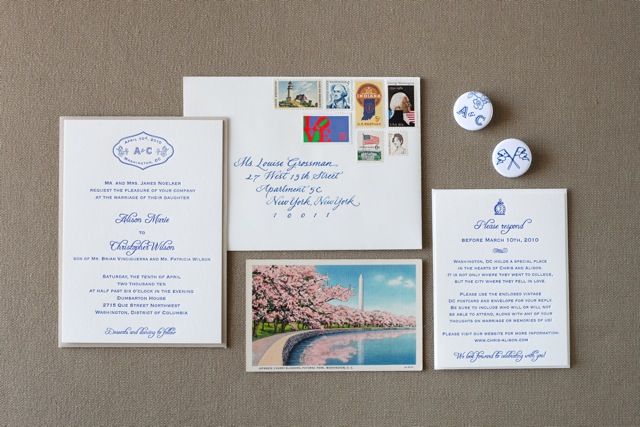
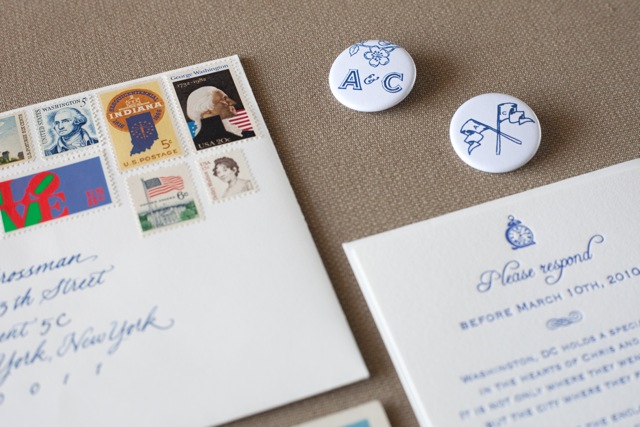
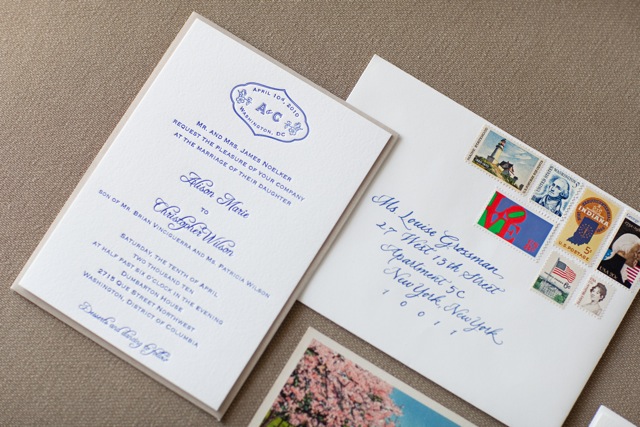 *Photos courtesy of Laura Ashbrook Photography
*Photos courtesy of Laura Ashbrook Photography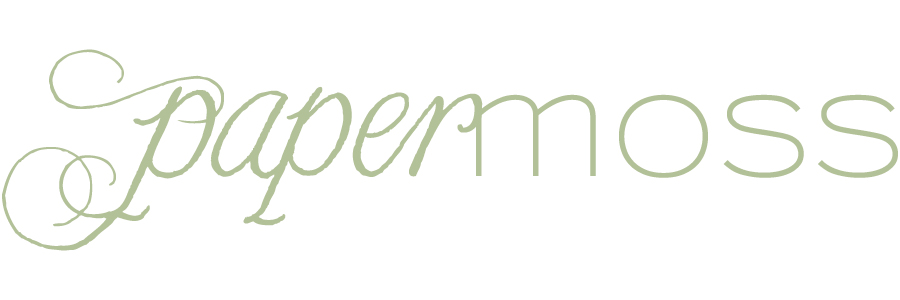
 Whether you’re preparing for a birthday dinner, bridal luncheon, dinner party or a holiday get-together, you may be given the glorious opportunity to set the table. No big deal, right? After all, you’ve been doing this since you were a child. But when you are given your weight in polished silver and more than enough drinking glasses for each guest to double fist, your heart starts beating faster and the questions invade your mind: Oh no - what side do the forks go on? And these miniature knives! What am I supposed to do with them? Why so many glasses?? We’ll run out of room!!! While you fear sounding like an idiot for asking, “How many of what goes where and why?”, you know it must be done! {Can you tell we've been there?}
It’s pretty ridiculous how complex setting a table can be, but those of us that adore etiquette know that it’s a vital part of hosting a polished event. Take some tips from the Etiquette-obsessed,
Whether you’re preparing for a birthday dinner, bridal luncheon, dinner party or a holiday get-together, you may be given the glorious opportunity to set the table. No big deal, right? After all, you’ve been doing this since you were a child. But when you are given your weight in polished silver and more than enough drinking glasses for each guest to double fist, your heart starts beating faster and the questions invade your mind: Oh no - what side do the forks go on? And these miniature knives! What am I supposed to do with them? Why so many glasses?? We’ll run out of room!!! While you fear sounding like an idiot for asking, “How many of what goes where and why?”, you know it must be done! {Can you tell we've been there?}
It’s pretty ridiculous how complex setting a table can be, but those of us that adore etiquette know that it’s a vital part of hosting a polished event. Take some tips from the Etiquette-obsessed, 


 Stationery & treat bag and stamp by
Stationery & treat bag and stamp by 